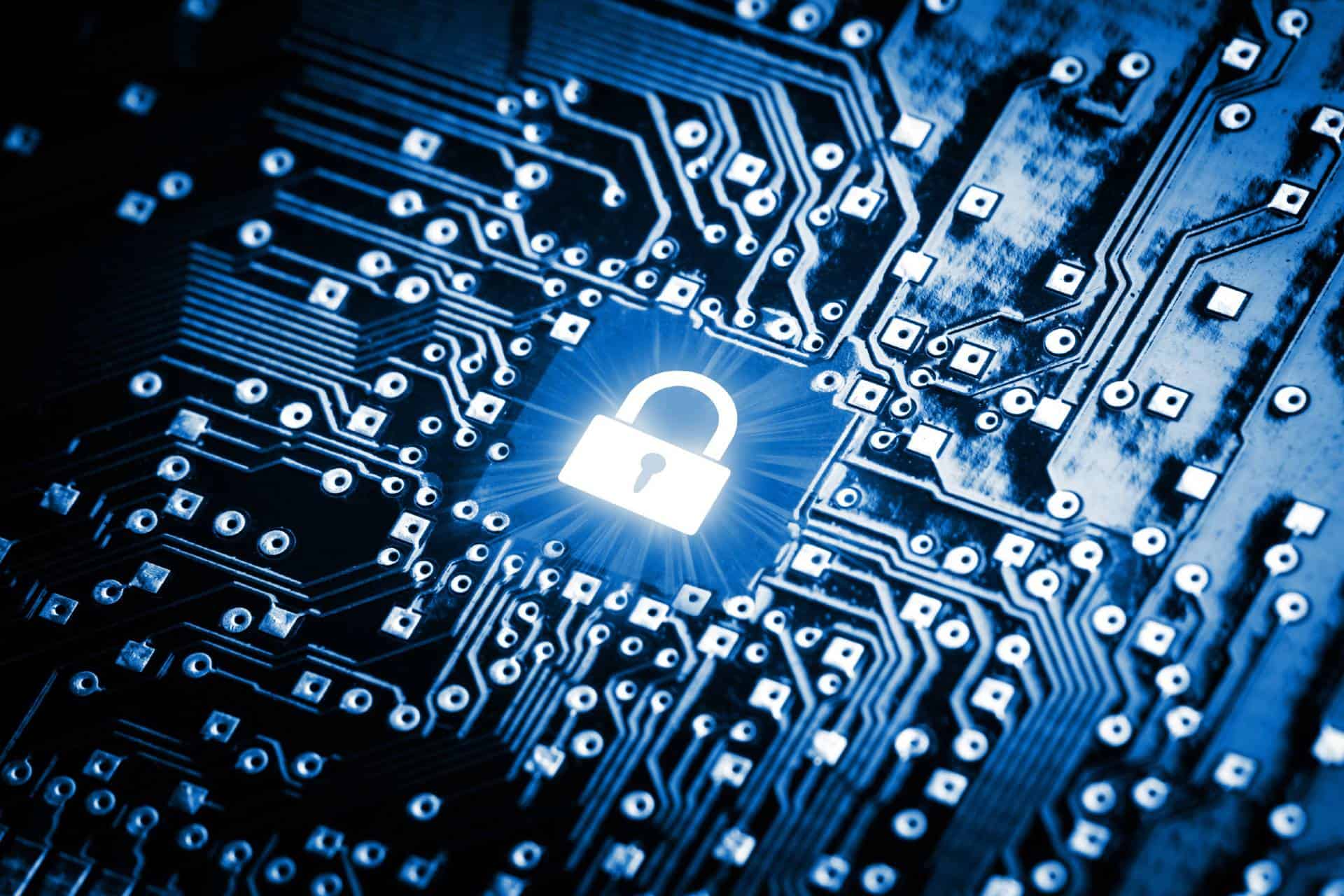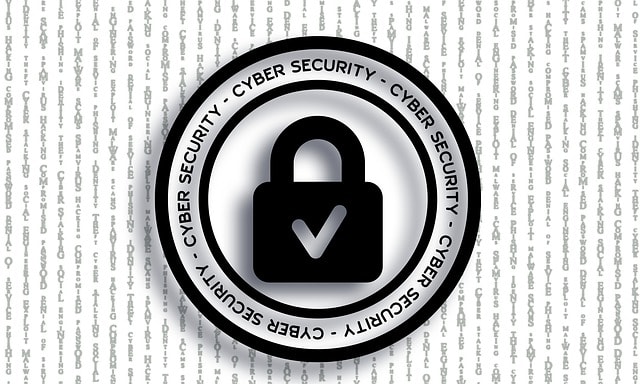Ransomware attacks are one of the types of cybersecurity attacks that people know most about due to how they can be so devastating. This is especially true for businesses, as they are more enticing targets for cyberattackers who use such methods. Ransomeware attacks can paralyze your operations, compromise sensitive data, and lead to significant financial losses.
For small and medium-sized businesses (SMBs), the impact can be even more severe due to limited resources and cybersecurity expertise. This is where knowing more about ransomware can help you, as a business owner.
Read on as we cover what ransomware is, how it threatens your business, and the strategies you can use today to prevent and respond to ransomware attacks effectively.
What Is Ransomware?
To put it in simple terms, ransomware is a type of harmful software designed to block access to a computer system or data until a ransom is paid. Cyberattackers typically deliver ransomware through phishing emails, malicious websites, or by exploiting vulnerabilities in software. Once installed, ransomware encrypts files and displays a ransom note demanding payment, usually in cryptocurrency, to decrypt the files. This cuts off a business completely from their files, making it impossible for business operations to continue without the attack being dealt with.
The Threat to SMBs
SMBs are prime targets for ransomware attacks due to several factors:
- Limited Cybersecurity Resources: SMBs often lack dedicated IT security teams and advanced security tools, making them more vulnerable to attacks.
- Valuable Data: Even small businesses possess valuable data, including customer information, financial records, and intellectual property, which can be lucrative for attackers.
- Disruption Impact: The operational disruption caused by a ransomware attack can be more severe for SMBs, potentially leading to prolonged downtime and financial loss.
Preventing Ransomware Attacks
The best defense against ransomware is a proactive approach. Here are some strategies to protect your business by getting ahead of the threat before it happens:
Employee Cybersecurity Awareness Training
Educate your employees about the risks of ransomware and the importance of cybersecurity best practices. Conduct regular training sessions on how to recognize phishing emails, avoid suspicious links, and report potential threats. Encourage a culture in your business where employees are aware of the latest tactics used by cybercriminals and are comfortable pointing out what they might feel is a potential attack.
Regular Software Updates and Patch Management
Make sure that all software, including operating systems and applications, is up to date. Cybercriminals often exploit vulnerabilities in outdated software to deliver ransomware. Implement a patch management system to automatically update and patch software as soon as updates are available.
Antivirus and Anti-Malware Solutions
Deploy reputable antivirus and anti-malware software across all devices in your network. These solutions can detect and block ransomware before it can cause harm. Regularly update these tools so they can continue to recognize the latest threats.
Using Strong Password Policies
Enforce strong password policies that require employees to use complex passwords and change them regularly. Consider implementing multi-factor authentication (MFA) to add an extra layer of security. MFA requires users to verify their identity using multiple methods, making it more difficult for attackers to gain access to your business.
Backup Your Data Regularly
Regularly back up your data and securely store your backups, preferably off-site or in the cloud. In the event of a ransomware attack, having recent backups allows you to restore your systems without paying the ransom. Test your backups periodically so that they remain functional and can be restored quickly.
Responding to a Ransomware Attack
Despite your best efforts, there is still a possibility that your business could fall victim to a ransomware attack. Follow these steps to significantly reduce the damage it causes and speed up recovery time:
Isolate the Infected Systems
Immediately disconnect infected systems from the network to prevent the ransomware from spreading. Isolating affected devices can help contain the attack and protect other parts of your network.
Assess the Situation
Determine the scope of the attack by identifying which systems and data have been compromised. Assess the type of ransomware and the ransom demand. This information will help guide your response and recovery efforts.
Report the Attack
Notify your local authorities and relevant cybersecurity agencies about the ransomware attack. Reporting the incident can provide you with additional support and potentially help track down the cyberattackers.
Consult with Cybersecurity Experts
Engage with cybersecurity experts or incident response teams to assist in dealing with the attack. These professionals can help you understand the attack, remove the ransomware, and prevent future incidents.
Restore from Backups
If you have secure and recent backups, begin the process of restoring your systems and data. Check that the restored systems are free from all malware before reconnecting them to the network.
Do Not Pay the Ransom
While paying the ransom may seem like the quickest way to regain access to your data, it is strongly discouraged. Paying the ransom does not guarantee that you will receive the decryption key, and it encourages further criminal activity. Instead, focus on recovery and strengthening your defenses.
Long-Term Strategies for Ransomware Protection
Beyond immediate prevention and response, implementing long-term strategies can improve your overall cybersecurity posture and resilience against ransomware attacks. Give these strategies a try:
- Develop a Comprehensive Cybersecurity Plan: Create a comprehensive cybersecurity plan that outlines your policies, procedures, and response strategies for dealing with ransomware and other cyberthreats. This plan should include regular risk assessments, incident response protocols, and recovery plans.
- Implement Network Segmentation: Segment your network to limit the spread of ransomware. By dividing your network into smaller segments, you can contain infections and protect critical systems and data. Implement access controls so that only authorized users can access sensitive areas of your network.
- Conduct Regular Security Audits: Perform regular security audits to identify and address vulnerabilities in your systems and processes. These audits should include vulnerability assessments, penetration testing, and reviews of your security policies and procedures.
- Invest in Advanced Threat Detection: Consider investing in advanced threat detection and response solutions, such as Security Information and Event Management (SIEM) systems and Endpoint Detection and Response (EDR) tools. These solutions can provide real-time monitoring, threat detection, and automated response capabilities to quickly identify and mitigate ransomware threats.
Want to make sure your business is safe from ransomware attacks? Our team at CMIT Solutions I-270 Corridor can help. Contact us to learn more about our IT and cybersecurity solutions and find exactly what your business needs today!





